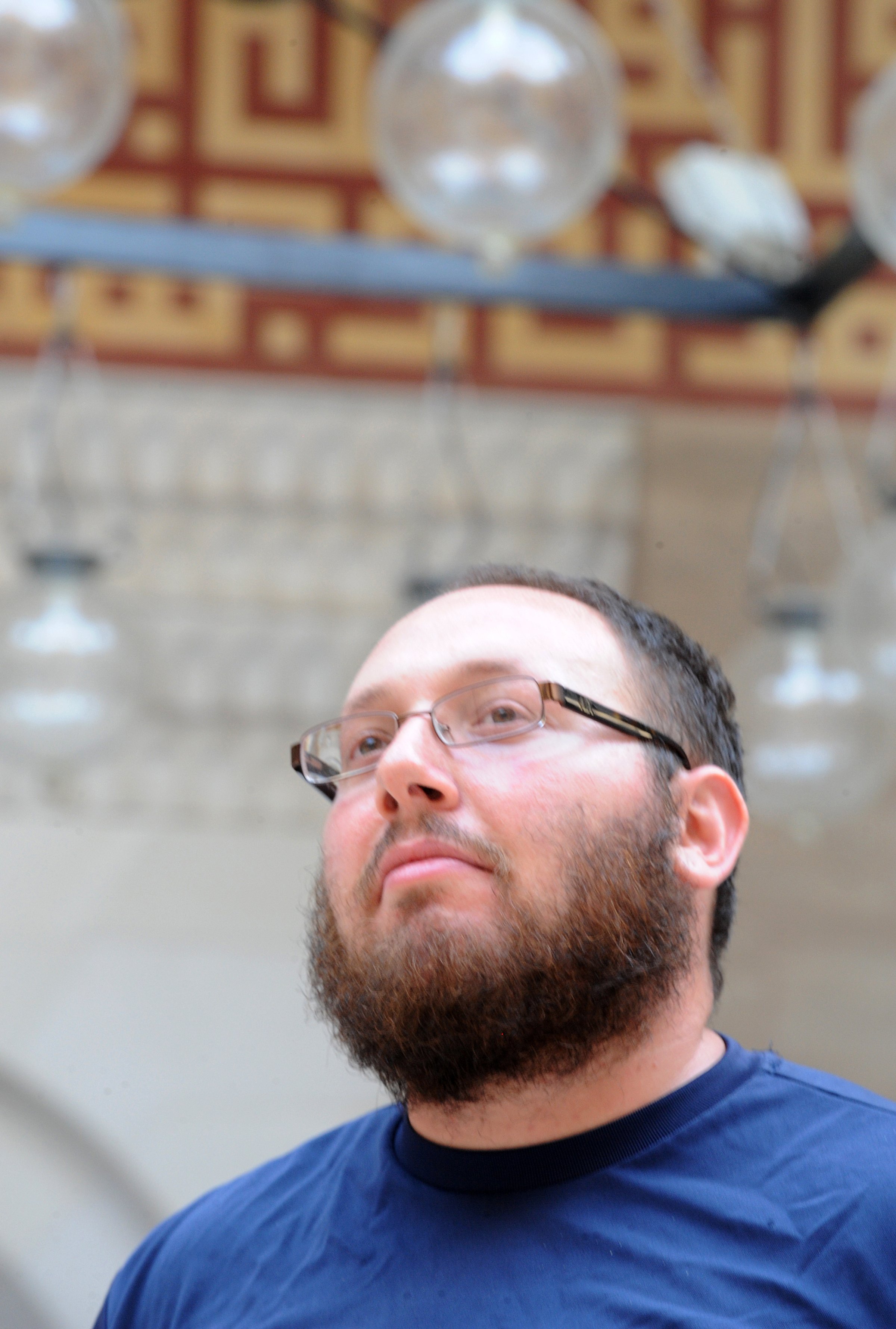
Words often escape when grief strikes deep. In the last two weeks, the militant group the Islamic State of Iraq and Greater Syria (ISIS) beheaded two American journalists and posted the gruesome videos of their deaths online. The first victim, James Foley, was Catholic. The second, Steven Joel Sotloff, was Jewish. Both were truth-tellers, and both were men of prayer. Their communities of faith now face new challenges as their families and their nation mourns: comforting the living and remembering the dead.
Sotloff’s Jewish identity and dual U.S.-Israeli citizenship were kept under wraps in efforts to protect him during his time in ISIS captivity. Since saving his life is no longer possible, details of his Judaism are beginning to come to light on the national scene.
“[Sotloff] was 31 years old, raised in Miami and a proud member of our Jewish community,” the Greater Miami Jewish Federation said in a statement offering prayers and condolences to the Sotloff family. “He was a son, a brother and a grandson who will be dearly missed.”
Sotloff’s grandparents survived the Holocaust, and his mother taught preschool at Temple Beth Am, a reform synagogue outside Miami. He moved to Israel in 2008 for undergraduate studies at the Interdisciplinary Center Herzilya near Tel Aviv. In Hebrew, his middle names means “Yahweh is God.” Sotloff reportedly prayed in the direction of Jerusalem and even fasted for Yom Kippur during his captivity by telling his captors that he was sick and couldn’t eat.
Prayer similarly helped to sustain Foley during his captivity. The first time Foley was captured — in Libya several years ago — he would pray the rosary on his knuckles. “It was what my mother and grandmother would have prayed,” he later wrote in an article for Marquette University, his Jesuit alma mater. “I said 10 Hail Marys between each Our Father. It took a long time, almost an hour to count 100 Hail Marys off on my knuckles. And it helped to keep my mind focused.”
When Foley was later captured in Syria, his captors confiscated his letters to his family, but he had fellow hostage Daniel Rye Ottosen memorize and dictate a final letter, which Ottosen delivered upon his own release last June. “I feel you all especially when I pray,” Foley told his family through Ottosen. “I pray for you to stay strong and to believe. I really feel I can touch you even in this darkness when I pray.”
Now the nation’s eyes are turning from Our Lady of the Holy Rosary Catholic church, where a special mass for Foley was held last week, to Temple Beth Am, where a memorial service for Sotloff is planned for Friday. The rabbis, like the bishops before them, have the difficult task of trying to help the Sotloff family and the community cope with their grief. In times of death, grieving together in silence is a common Jewish ritual. It is also customary, Rabbi Terry Bookman of Temple Beth Am says, for the community to say, “May God comfort and console you along with all who mourn the loss of a loved one, in Zion, and throughout the world,” to comfort the mourners. “Steven grew up here and I have known him most of his life,” Bookman says. “The world is diminished by his loss.”
The words of the Biblical psalmist also offer comfort, explains Rabbi Rachel Greengrass, Temple Beth Am’s Jewish Life Coordinator. Psalm 23 reminds mourners that even as they “walk through the valley of the shadow of death,” God is with them. “It moves us from a place of pain, vulnerability, and loneliness, to a place of comfort and hope,” she says.
Greengrass adds that mourners also say, “Baruch dayan ha-emet, Blessed is the true judge.” “In that moment of loss we accept that we are not in control, and we turn the pain of our loss into praise for God,” she explains. “In this way, the memory of our loved one becomes a benediction.”
More Must-Reads from TIME
- Why Biden Dropped Out
- Ukraine’s Plan to Survive Trump
- The Rise of a New Kind of Parenting Guru
- The Chaos and Commotion of the RNC in Photos
- Why We All Have a Stake in Twisters’ Success
- 8 Eating Habits That Actually Improve Your Sleep
- Welcome to the Noah Lyles Olympics
- Get Our Paris Olympics Newsletter in Your Inbox
Contact us at letters@time.com